Do you want to know the different natural hair types?
When I began my own journey back in 2018, I had not the slightest clue about my hair type. I thought natural hair was one-dimensional. On a surface level, natural hair looks coarse and in need of moisture, right? Well, I’m here to tell you that natural hair is far from one-dimensional.
Today, we’re diving into the vast world of natural hair. From bouncy curls to tight coils, our hair is as diverse as we are, and it’s time to celebrate our beautiful uniqueness. Whether you’re on a quest to understand your own locks or seeking insight into a friend’s curly mane, this post will walk you through the various natural hair types, how to care for them, and, most importantly, how to embrace and love them just as they are.
Quick Question: Are you frustrated or tired of not knowing how to properly take care of your natural hair? Join our email list where we provide the best tips and tricks for your kinks, coils, and curls!
This post contains affiliate links, which means I may receive a small commission, at no cost to you, if you make a purchase through a link.
The Natural Hair Types: Understanding How to Identify Yours
The Spectrum of Curls
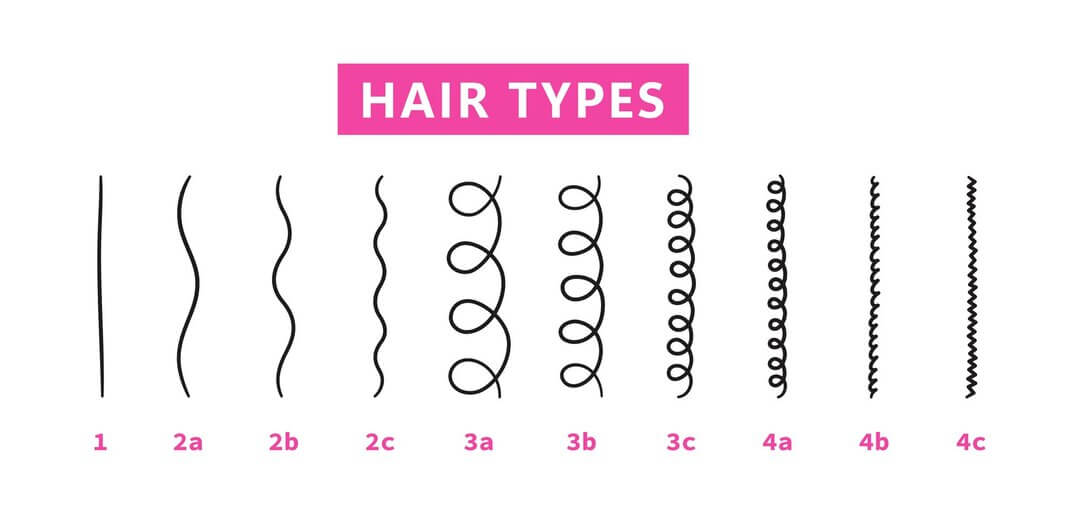
Natural hair comes in a spectrum of curl patterns, and no two heads are exactly alike. Let’s explore the different curl types:
Type 2: Wavy Hair – Wavy hair usually forms an “S” shape and falls into three subcategories: 2A, 2B, and 2C. This hair type tends to be more prone to frizz, but with the right products, it can transform into beachy waves that are the envy of many.
Type 3: Curly Hair – Curly hair has a well-defined “S” shape and ranges from loose curls (3A) to tighter corkscrews (3C). This hair type thrives on moisture and often benefits from a good leave-in conditioner or curl cream to maintain its shape and bounce.
Type 4: Coily/Kinky Hair – Coily hair forms tight, springy curls, and is divided into three subcategories: 4A, 4B, and 4C. This hair type requires extra care due to its delicate nature, and regular deep conditioning and protective styles are essential for its health. I fall under type 4. I have a mix of 4b/4c coils. Proper moisture and protein balance definitely plays a key role in keeping my coils at their best!
RELATED: How to Style Natural Hair – Everyone Loves #5
Embracing Your Curl Type
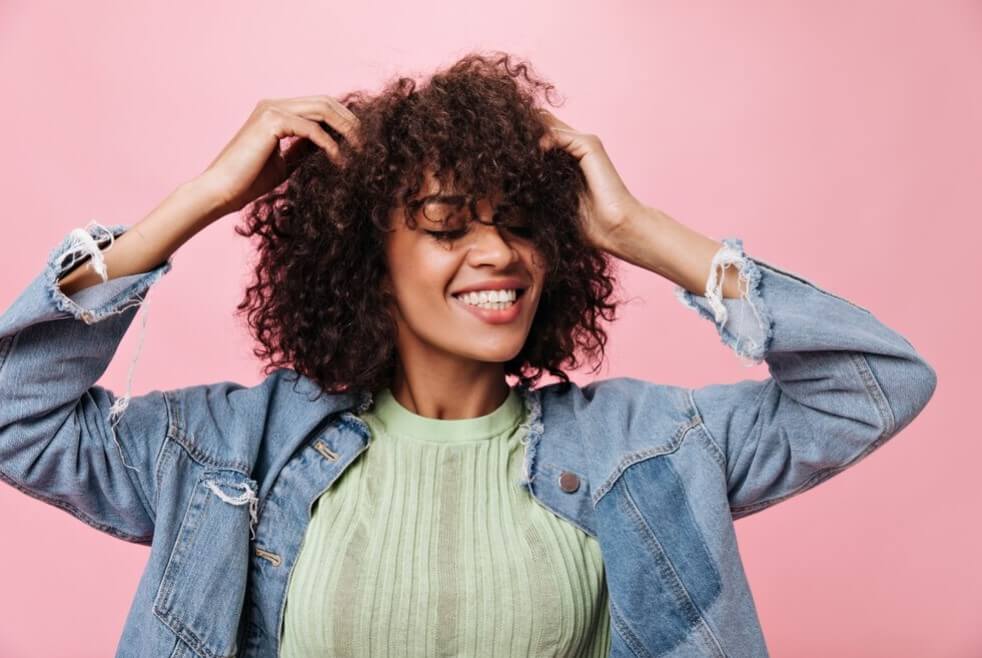
Understanding your natural hair type is the first step to embracing it. Instead of wishing for different curls or envying someone else’s texture, learn to appreciate the unique beauty of your own locks. I have to admit when I first started to transition, I thought that my curls would remain loose because the process took about 18 months.
So, I said to myself, my curls aren’t looking as tight as I expected and I like that! But, eventually, my true texture began to reveal itself, and my loose curls transitioned to tight coils. Today, I couldn’t be happier with my kinks and coils.
In fact, the curls at the front of my hair are looser and not as springy as the curls in the middle and back of my hair and I wish they were tighter! You see, I did a complete 180 with regard to my curls. If you are dissatisfied with your true texture, then surround yourself with positive influences, seek inspiration from people with similar hair types, and remember that diversity is what makes the world vibrant and exciting.
Finding the Right Products

Once you’ve identified your curl type, it’s time to find the perfect products that cater to your hair’s specific needs. Avoid one-size-fits-all solutions and opt for products designed for your hair type, such as sulfate-free shampoos, hydrating conditioners, and curl-defining creams. Experiment with different brands and formulas until you discover your holy grail products.
Like most naturals, I found my staple products through trial and error. I am a reformed product junkie! I still have a gang of hair products in my collection, but they are all from brands that I know are beneficial to my coils.
Moisture, Moisture, Moisture

Moisture is the holy grail for natural hair. Curly hair tends to be drier due to the shape of the curls, which hinders the natural oils from traveling down the hair shaft. Regular deep conditioning treatments, leave-in conditioners, and natural oils like coconut or argan oil can work wonders in keeping your curls happy and hydrated.
Let’s not forget that the number one source of moisture is water. Read your labels and make sure that water is included in all the products you use. If not all, then most.
It would be ideal for water to be listed as the number one ingredient on the product label. If it is not, then that’s okay. As long as water is listed as one of the first five ingredients within the product of choice, then that indicates that it contains a significant amount of it.
RELATED: 8 Best Hair Growth Oils for Natural Hair – My Favorite is #2
The Power of Protective Styling
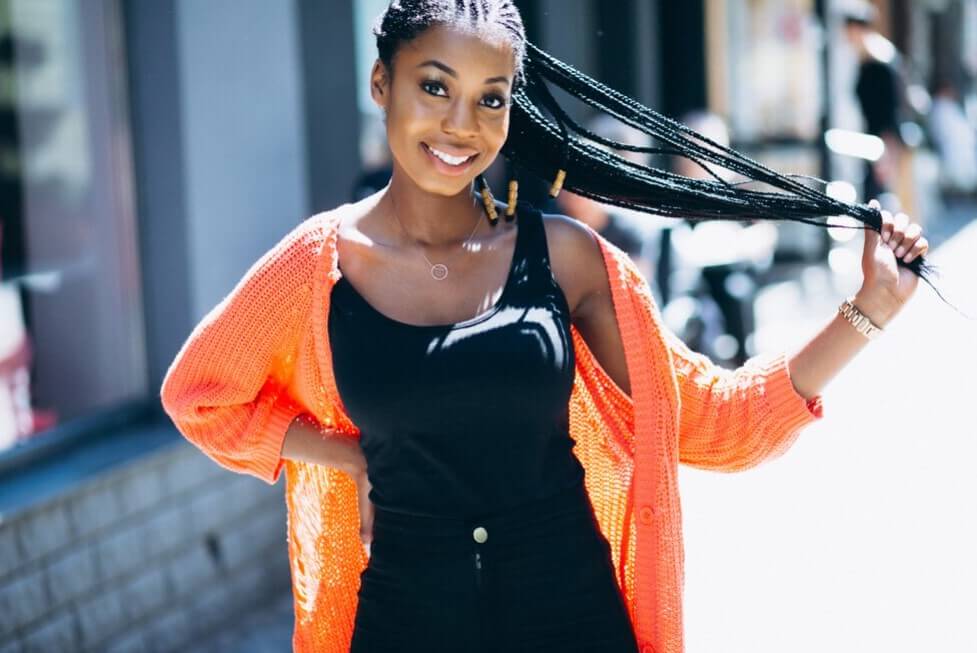
Protective styles are more than just a fashion statement; they can help maintain the health of your natural hair. Braids, twists, buns, and even wigs or weaves can protect your curls from excessive manipulation, weather, and damage. Just remember to avoid styles that pull too tightly and cause tension on your scalp.
Also, don’t just set it and forget it! I am guilty of this 🙋🏾♀️. To benefit from protective styles, be sure to oil your scalp and/or spray with water to rehydrate your strands. Cover your hair up at night with a bonnet or silk scarf and don’t leave your ‘do in for too long! Sleeping on a satin pillowcase would really take it up to the next level.
Patience and Growth
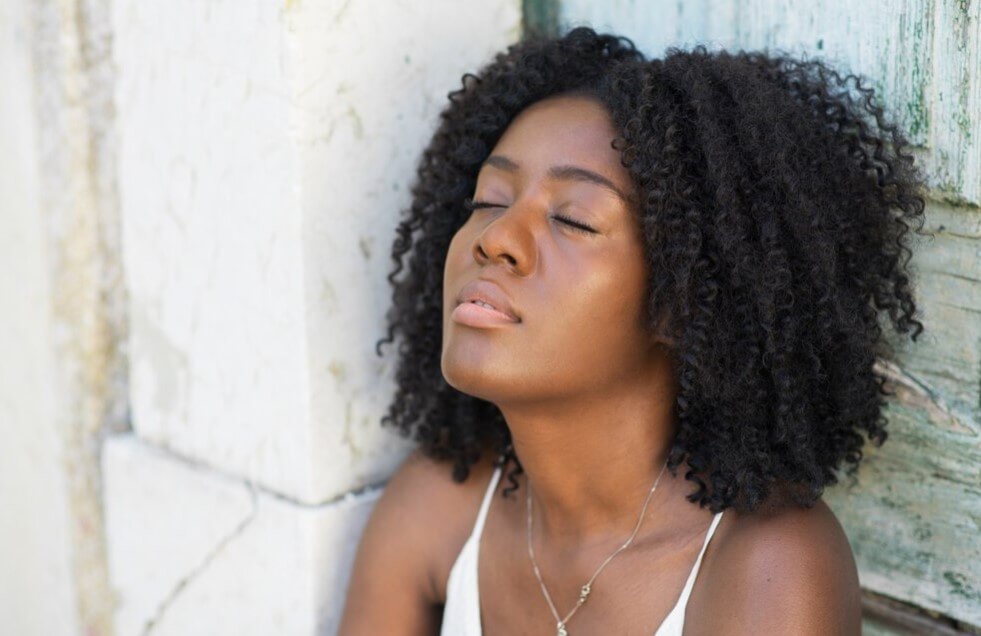
Growing long, healthy natural hair requires patience. Understand that hair growth is a journey, and it’s essential to focus on overall hair health rather than the length alone. Regular trims, a balanced diet, and a healthy lifestyle contribute to flourishing curls.
Embracing Your Hair Journey
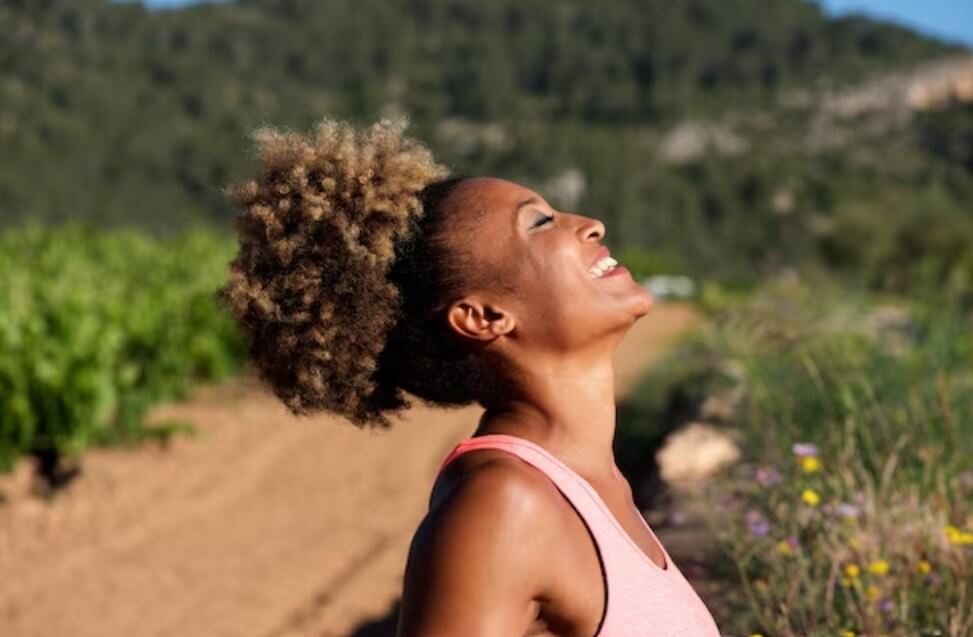
Your natural hair journey is a personal one. Embrace the ups and downs, the good hair days, and the not-so-good ones. Your hair will change over time due to factors like age, hormonal changes, and environmental factors. Celebrate these changes as a testament to your growth and resilience.
So, there you have it!

Understanding the different natural hair types empowers us to appreciate our unique beauty fully. Embrace your curls, coils, waves, or kinks with pride, and remember that there’s no one-size-fits-all approach to natural hair care. Find what works best for you, be patient with your hair’s journey, and most importantly, love and nurture your curls as they are – a stunning reflection of your individuality.
Make sure to join our email list for more tips on maintaining healthy natural hair, style inspiration, and more! Become a part of the community today!
You Might Also Like:
